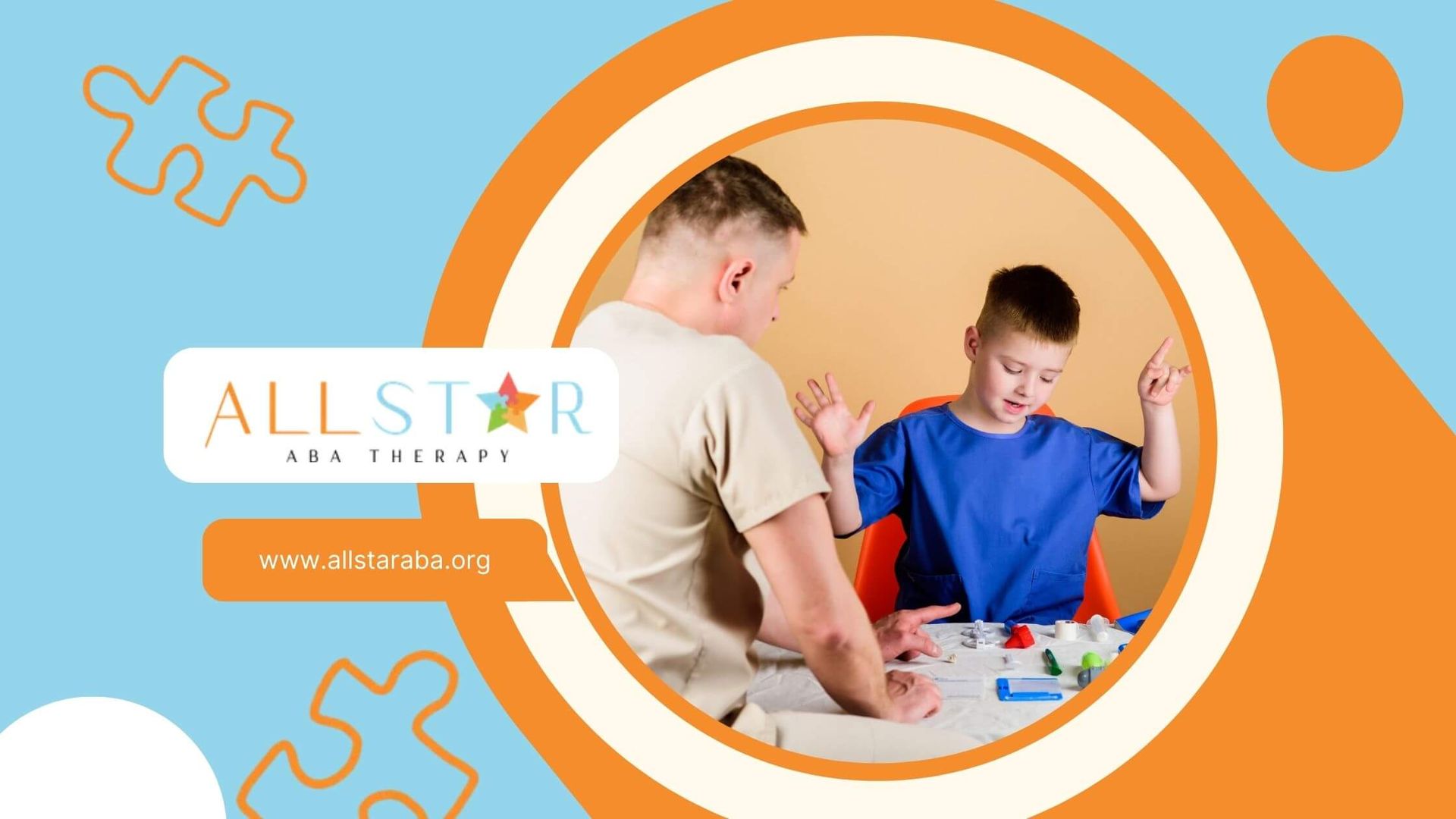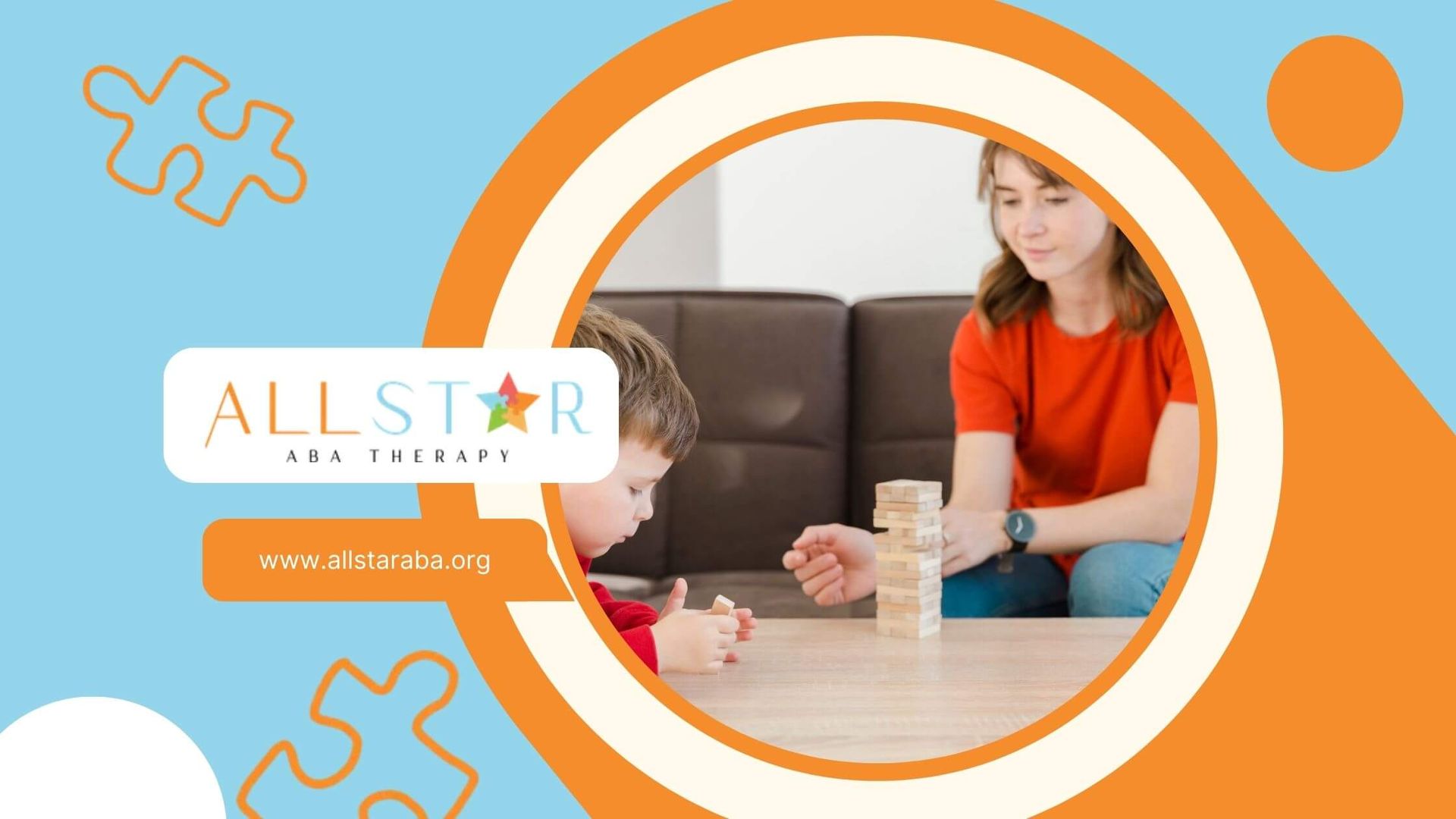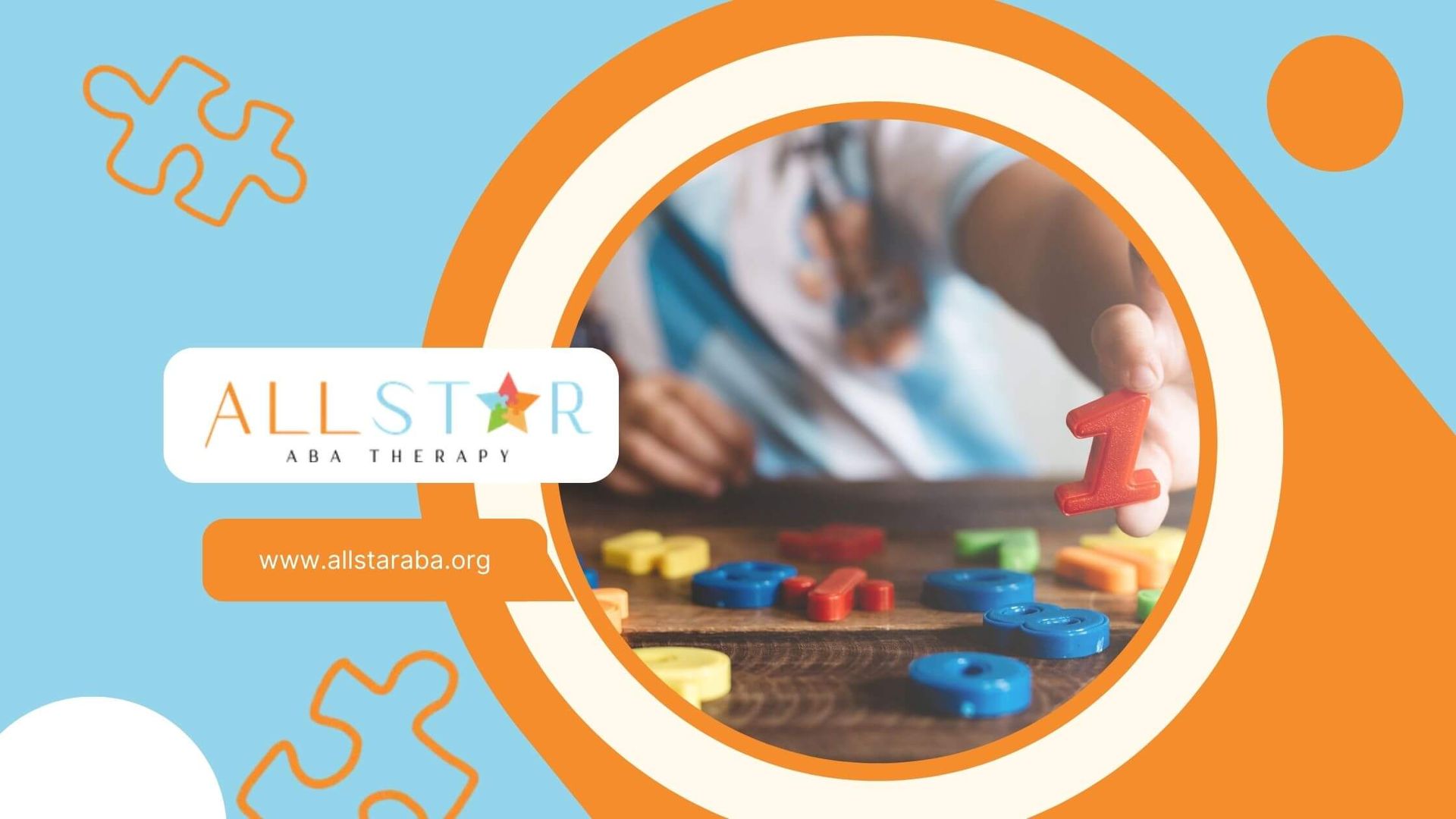New Paragraph
Ultimate Guide to RBT Supervision Requirements
Key Highlights
- RBTs must receive ongoing supervision from qualified behavior analysts.
- Supervision ensures high-quality ABA services and ethical practice.
- Texas mandates specific requirements for RBT supervision hours and formats.
- Board Certified Behavior Analysts (BCBAs) are qualified to supervise RBTs.
- Maintaining RBT certification requires continued education and adhering to supervision guidelines.
Introduction
In behavior analysis, Registered Behavior Technicians (RBTs) are very important. They provide Applied Behavior Analysis (ABA) therapy under the support of certified professionals. RBT supervision is not just a requirement, but a key part of keeping professional standards high and making sure services are ethical and effective. This guide will explore RBT supervision. It will explain the main parts, requirements, and benefits.
The Role and Importance of RBTs in Behavioral Therapy
Registered Behavior Technicians (RBTs) play a key role in ABA therapy teams. They work closely with clients and follow behavior plans made by Board Certified Behavior Analysts (BCBAs). RBTs collect data on behavior, use teaching strategies, and help clients learn new skills.
RBTs are very important for providing high-quality ABA therapy. They are the main support for ongoing treatment. This helps clients receive the care they need to grow and improve. The hard work and dedication of RBTs following ABA principles lead to positive results for those receiving ABA services.
Defining the Scope of RBT Work
A Registered Behavior Technician (RBT) is a professional who helps provide ABA therapy. They work closely under a certified behavior analyst. RBTs have important jobs, like following behavior plans, collecting data, and sharing their observations with their supervisors. They are essential for making sure clients get steady and high-quality ABA therapy.
RBTs perform many tasks to help clients reach their treatment goals. They carry out skill-building programs, teach useful behaviors, and help clients use what they learned in different places.
They are trained to assist in many settings, like homes, schools, and community centers. RBTs make a big difference in how well ABA therapy works and in the progress of the clients they help.
The Impact of RBTs on ABA Therapy Outcomes
Applied Behavior Analysis (ABA) therapy depends a lot on following ABA techniques clearly and correctly. RBTs are very important in this process. They follow behavior plans and gather detailed data. This helps make sure the right actions are taken, and changes can be made quickly when needed.
The care quality in ABA therapy is closely tied to how skilled and devoted RBTs are. When RBTs are trained well, supported properly, and get regular supervision, clients often see better results.
RBTs play a key role in making a positive and supportive atmosphere for clients. Their patient and encouraging interactions help build a good relationship. This relationship helps clients grow and make progress.
Understanding RBT Supervision Requirements
RBT supervision is very important. It helps make sure that RBTs can give good and ethical ABA services. This is a planned process. It includes regular training, support, and checking of the RBT's skills and knowledge.
The Behavior Analyst Certification Board (BACB) has clear rules for RBT supervision. These rules cover how many supervision hours are needed, what the supervisor should know, and what activities count as supervision.
Key Components of Effective Supervision
Effective RBT supervision has several key parts that work together. These parts help the RBT grow professionally and make sure they provide quality services. Ongoing supervision should include regular meetings between the supervisor and the RBT. This allows for open talks and ways to solve any problems or concerns.
Supervision sessions should have different activities. These include watching the RBT in action, reviewing their written work, and talking about ethical issues. During direct observation, the supervisor gives immediate feedback. They also show best practices and help the RBT improve.
Another important part is making sure the RBT has chances for ongoing professional development. This can be through attending workshops, going to conferences, or engaging in online training. These are all related to ABA therapy and ethical practices.
Federal and State Regulations Surrounding RBT Supervision
The field of ABA follows strict ethical standards and rules. These help to protect clients and keep the profession trustworthy. One important part is the clear supervision requirements for RBTs. These rules explain what both the supervisor and the supervisee must do. They include details like how often supervision happens, what activities are involved, and how to document everything.
Federal and state rules usually work together. State-specific guidelines add extra responsibility. It’s important for both supervisors and RBTs to know their state’s specific requirements to follow the law.
Following supervision standards is very important. It is a key part of ethical practice in ABA. Not meeting these requirements can lead to serious issues, like losing certification or facing legal problems.
The Process of Becoming an RBT
Becoming a Registered Behavior Technician (RBT) is a clear journey. It is set up to give future behavior technicians the right knowledge, skills, and ethical understanding. This journey usually starts with completing education requirements. Then, it includes special training and ends with fieldwork under supervision.
In the fieldwork stage, future RBTs get to use what they have learned in real-life situations. They work with qualified supervisors, which helps them build practical skills. This experience is very important as it prepares them for the tasks they will face as an RBT.
Education and Training Requirements
To become an RBT, you must meet particular education and training rules set by the BACB. You need at least a high school diploma or its equivalent. After that, you must finish a 40-hour training program. This program teaches the basics of ABA therapy.
The training covers important topics like measurement, assessment, skill acquisition, behavior reduction, documentation, reporting, and professional ethics. It is important that a BACB-authorized provider gives this training.
This training helps future RBTs build a good theoretical base before starting their supervised fieldwork. It gives them the necessary knowledge to understand and apply ABA principles in a moral and effective way.
Completing Supervised Fieldwork: A Step-by-Step Guide
Once training is done, new RBTs start an important time of supervised fieldwork. During this time, they work directly with clients. A qualified supervisor, usually a certified behavior analyst (BCBA), guides them closely.
The fieldwork part helps RBTs get real experience in applied behavior analysis. This is when they use what they have learned and get feedback and support. The BACB wants them to complete a specific number of total hours and supervision hours during this time.
While RBTs are in the fieldwork, supervisors watch how they perform. They give feedback and make sure RBTs follow ethical guidelines and use ABA interventions properly. This kind of mentorship is vital for training skilled and ethical practitioners.
Detailed Look at RBT Supervision
RBT supervision is very important for good and ethical ABA practice. It is a process that doesn't end after the first certification. Instead, it helps RBTs as they grow in their careers. This section will look at the key parts of RBT supervision. It will highlight how important it is for keeping high standards of care.
We will talk about the different kinds of supervision, how often it should happen, and the key parts that help build a good and productive relationship between supervisors and RBTs. Knowing these parts helps meet certification standards. They also help RBTs grow professionally and ensure clients have the best results.
Direct vs. Indirect Supervision Explained
Direct supervision is a key part of RBT supervision requirements. It means the supervisor watches and gives feedback in person while the RBT provides ABA services. This type of supervision is important for skill development. It helps the supervisor show the right practices, offer quick help, and solve problems that might come up during the session.
Indirect supervision is also important, even if the supervisor is not there in person. It involves things like checking written documents (like session notes or behavior data), talking about client progress, and giving feedback on papers.
The BACB requires that a certain percentage of an RBT's total service hours be supervised, with a number set aside for direct supervision. This makes sure RBTs get a well-rounded and thorough approach to supervision, helping them develop practical skills and understand the concepts fully.
Minimum Supervision Hours Required by BACB
The Behavior Analyst Certification Board (BACB) has specific rules for the minimum supervision hours RBTs need to keep their certification. These rules help RBTs grow professionally, act ethically, and provide good ABA services.
RBTs must have supervision for at least 5% of the total hours they work providing ABA services each month. Out of this, at least 2.5% must be direct supervision. The other hours can be indirect supervision.
| Monthly Service Hours | Minimum Total Supervised Hours |
|---|---|
| 10 hours | 0.5 hours |
| 20 hours | 1 hour |
| 40 hours | 2 hours |
Selecting the Right Supervisor for RBTs
Choosing the right supervisor is very important for RBTs to make the most of the supervision process. A good supervisory relationship is based on trust, open talks, and a common desire to follow ethical and effective ABA therapy methods.
The best supervisor is like a mentor. They give guidance, feedback, and support to help the RBT learn new skills and handle the challenges of offering ABA therapy. It is helpful to find a supervisor who matches the RBT’s learning style and career goals. This can make the overall experience much better.
Qualifications and Responsibilities of RBT Supervisors
Not just anyone can supervise an RBT. The BACB has rules for RBT supervisors to make sure they have the right skills and experience to give proper support. A qualified supervisor is usually a Board Certified Behavior Analyst (BCBA) or a Board Certified Assistant Behavior Analyst (BCaBA) who has met the BACB's requirements.
Supervisors have many roles. They ensure the RBT knows what to do and follows ethical guidelines. Their tasks include giving regular feedback, watching the RBT's work, checking documents, and handling any ethical issues that come up.
Supervisors also create a supportive learning space. This helps the RBT grow in their job. They do this by finding areas where the RBT can improve, offering chances for further learning, and giving helpful advice to boost their skills.
Tips for Finding a Compatible Supervisor
Finding the right RBT supervisor can really help your growth and happiness in your job. Start by asking your colleagues for recommendations or reach out to local ABA groups for leads. It's important to choose a supervisor who has the right skills and matches how you like to learn and what you want in your career.
Consider setting up a meeting to go over your needs, their background, and how they supervise. This will help you see if your communication styles and feedback methods are a good match.
A good supervisor will focus on your ongoing professional development. They should be willing to guide you, answer your questions, and support you as you face challenges in your RBT work. Don’t be afraid to ask about their experience supervising RBTs and how committed they are to helping you succeed.
Navigating the RBT Competency Assessment
The RBT Competency Assessment is an important step if you want to become a certified RBT. This assessment checks your knowledge, skills, and ability to use ABA therapy while being supervised by a qualified professional.
To pass this assessment, you need to know ABA principles very well. You should be familiar with key terms and able to use these ideas in real-life situations. This section will help you understand the key points of the RBT Competency Assessment. It will give you the knowledge and confidence you need to do well.
Preparing for Your Assessment: What You Need to Know
Preparation is very important for the RBT Certification Exam. You should get to know the format, content, and scoring criteria to do well. The exam checks your understanding of ABA principles. It also looks at your ability to use these principles in real-life situations and your commitment to professional standards.
A thorough review of the RBT Task List from the BACB is a critical part of your preparation. This list shows the skills and knowledge that RBTs need to show. Using study materials, practice exams, and review courses can help strengthen your understanding and identify areas you may need to study more.
Keep in mind that the goal of the assessment is not just to test what you know. It also wants to see if you can use that knowledge in a competent and ethical way. So, it's important to prepare with a focus on understanding the theories and applying them in practice.
Understanding the Assessment Process and Requirements
The RBT Competency Assessment checks if you are ready to be an RBT. It has two parts: a written exam and a practical skills assessment. The written exam tests your understanding of ABA principles. The practical skills part needs you to show how you can apply these principles when interacting with a client in a practice scenario.
In the practical skills assessment, you will face different situations that RBTs usually deal with. This includes conducting behavioral assessments, using skill acquisition programs, or handling challenging behaviors. You will be judged on how well you use your knowledge, how you react to client behavior, and how you collect data accurately.
It is very important to approach both parts of the assessment confidently and with good preparation. Keep in mind that this assessment looks at your skills and knowledge according to the standards in this field.
Maintaining and Renewing RBT Certification
Getting RBT certification is an important step. It starts your path as a qualified behavior technician. But, remember, certification is not just a one-time thing. To keep your RBT credential and keep working, you need to meet ongoing rules from the BACB.
This means you have to take part in continuing education. This helps you stay current with the newest ABA research and best practices. Also, having regular supervision with a qualified professional is key. This ensures you remain skilled and practice ethically.
Continuing Education and Supervision Post-Certification
Continuous learning is very important for growth in ABA. To keep high professional standards, RBTs need to take part in education activities throughout their jobs. These activities can be things like attending workshops, going to conferences, or finishing online training related to ABA, ethics, and care for clients.
Supervision is also very important to keep skills sharp and follow ethical guidelines. Even after getting certified, RBTs should regularly meet with a qualified supervisor, like a certified behavior analyst (BCBA) or a certified assistant behavior analyst (BCaBA).
Supervisors offer guidance, feedback, and support. This helps RBTs face challenges, improve their skills, and learn the latest best practices. Ongoing professional development helps ensure that RBTs give ethical and high-quality ABA therapy services throughout their careers.
The Renewal Process: Steps and Tips for Success
Renewing your RBT certification is a simple process. It helps you keep up with the high standards of the BACB. You need to follow certain rules and timelines to keep your credentials and practice legally.
Usually, RBT certification needs to be renewed every year. When you renew, you must fill out a renewal application. You will also confirm that you still follow the BACB's ethical code. Additionally, you need to show that you have completed the required hours of continuing education and supervision during your certification period.
To have an easy renewal process, stay organized. Keep track of your supervision hours, continuing education certificates, and renewal dates. Using digital tools or making a physical filing system can help you manage these tasks well.
Conclusion
In summary, knowing the RBT supervision requirements is very important for getting good results in behavioral therapy. This includes defining what RBTs do, choosing the right supervisor, and going through the competency assessment. Each part matters. Following the rules set by the federal and state governments, doing supervised fieldwork, and keeping up with certification are key parts of this process. When RBTs focus on effective supervision, they really help make ABA therapy work well. If you are thinking about becoming an RBT, this guide offers useful information about the education, training, and supervision you need. This will help you make good choices and do well in this satisfying career.
Frequently Asked Questions
How Often Do I Need Supervision as an RBT?
RBTs must have regular supervision of at least 5% of the total hours they work each month while providing ABA services. The exact amount of RBT supervision hours will vary based on the total hours worked.
Can a Family Member Be My Supervisor?
Family members cannot be supervisors for RBTs. To maintain ethical standards and ensure appropriate supervision, a qualified supervisor who is not related to the RBT and meets the BACB's requirements must do the supervision.
What Happens If I Don't Meet My Supervision Requirements?
Failing to follow supervision requirements can lead to serious problems. You might face suspension or lose your RBT certification. It is important to focus on supervision to keep your credentials valid, support professional standards, and make sure your clients get good care.
Need Support?
We're Here to Help!
Our experienced team is ready to assist you. Reach out today to discuss how we can support your child's development and well-being.
Get started with expert ABA therapy today.








